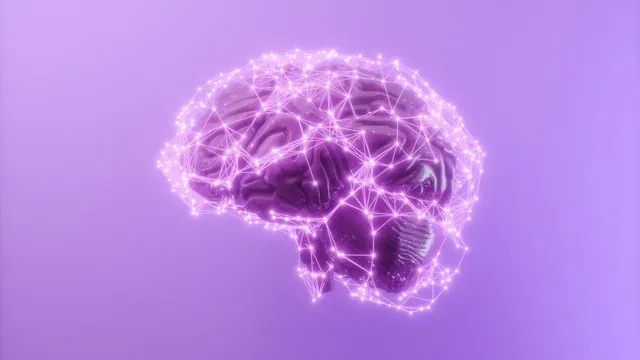
Revolutionary Brain Mapping Technique Unveils Intricate Neural Interactions
2024-12-09
Author: Yu
Introduction
Recent advancements in brain mapping techniques have moved beyond traditional models that merely analyze pairwise interactions between regions of the brain. Researchers at the University of Birmingham have developed an innovative methodology capable of capturing the complexity of multiple interactions among various brain regions. This groundbreaking research reveals how these regions collaborate to influence specific functions and behaviors, with findings published in the esteemed journal Nature Communications.
Significance of the New Approach
Dr. Enrico Amico, the lead researcher from the School of Mathematics, emphasized the significance of this new approach: "Complex systems like the brain depend on interactions between groups of regions, not just between pairs of regions. Although we theoretically understood this concept, we lacked the necessary processing power to model these interactions effectively until now."
Data Utilization and Methodology
The study utilized data from fMRI scans obtained through the Human Connectome Project, a large-scale initiative aimed at mapping the intricacies of the human brain and linking its structural pathways with functional outcomes. The researchers faced the challenge of noisy data from these scans which only provided rough estimates of neural activity. Implementing advanced statistical methods, they cleaned the data to derive accurate models of neural interactions.
Key Areas of Analysis
In a significant leap forward, the team analyzed data from 100 unrelated subjects, constructing detailed models of higher-order interactions in the brain. They rigorously tested the viability of their approach across three pivotal areas:
1. Task Recognition
The researchers successfully identified the tasks participants were engaged in while undergoing fMRI scanning, showcasing the technique's ability to decode brain activity.
2. Individual Identification
Remarkably, the team demonstrated that they could pinpoint individuals based on their brain signal patterns, essentially creating a unique "brain fingerprint" for each person.
3. Separation of Signals
The study illustrated how higher-order brain signals could be disentangled from lower-order signals, linking these interactions to the unique behavioral characteristics of each participant.
Implications for Future Research
Dr. Andrea Santoro, the first author of the study from the CENTAI Institute in Italy, noted the promising implications of this research: "Our validated method offers substantial advantages for neuroscience studies. In the future, it could be instrumental in modeling brain interactions in individuals with neurodegenerative diseases like Alzheimer’s. This technique could provide valuable insights into how brain functions evolve over time and may even help identify early clinical symptoms of such conditions."
Conclusion
The potential applications of this state-of-the-art brain mapping technique are vast, paving the way for more precise understanding and treatment of various neurological disorders. As research continues to evolve, this innovative method may transform our understanding of the human brain and improve interventions for those affected by complex neurological conditions.
Stay Updated
Stay tuned for more exciting developments in the world of neuroscience!




 Brasil (PT)
Brasil (PT)
 Canada (EN)
Canada (EN)
 Chile (ES)
Chile (ES)
 España (ES)
España (ES)
 France (FR)
France (FR)
 Hong Kong (EN)
Hong Kong (EN)
 Italia (IT)
Italia (IT)
 日本 (JA)
日本 (JA)
 Magyarország (HU)
Magyarország (HU)
 Norge (NO)
Norge (NO)
 Polska (PL)
Polska (PL)
 Schweiz (DE)
Schweiz (DE)
 Singapore (EN)
Singapore (EN)
 Sverige (SV)
Sverige (SV)
 Suomi (FI)
Suomi (FI)
 Türkiye (TR)
Türkiye (TR)